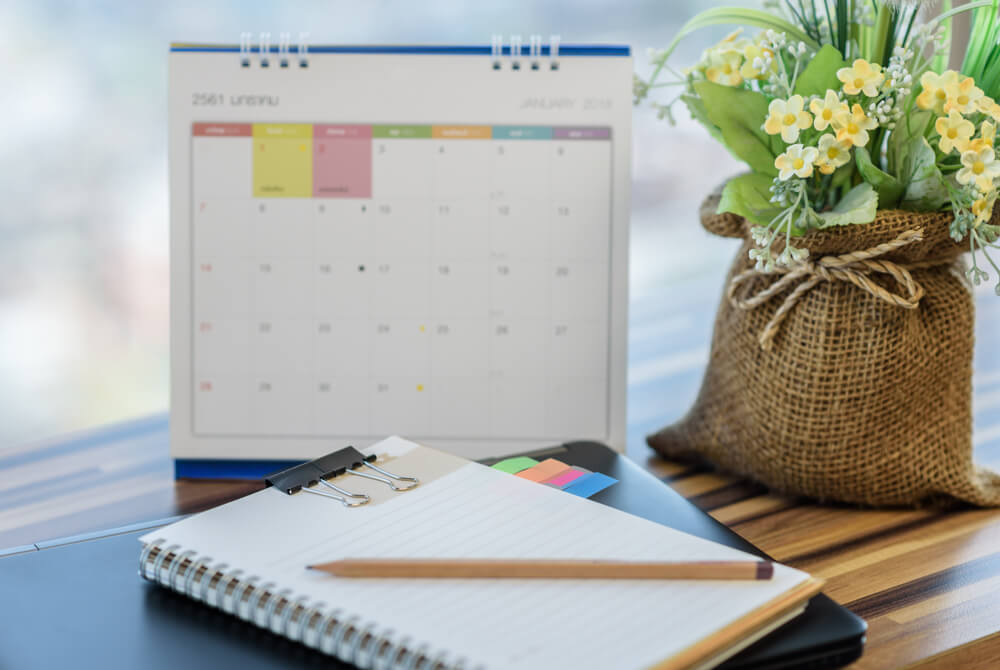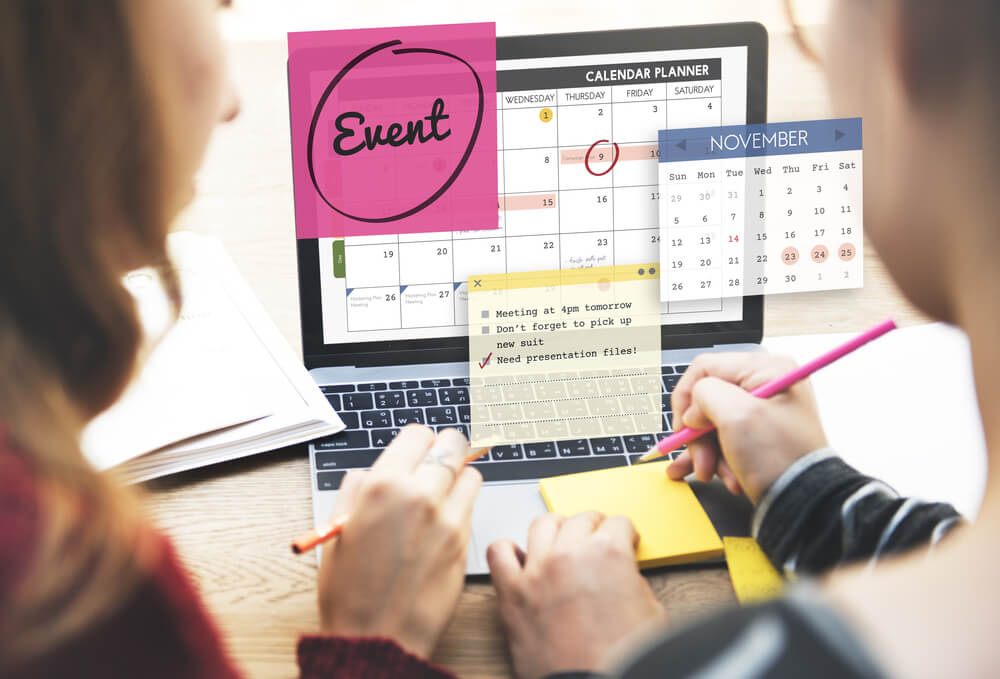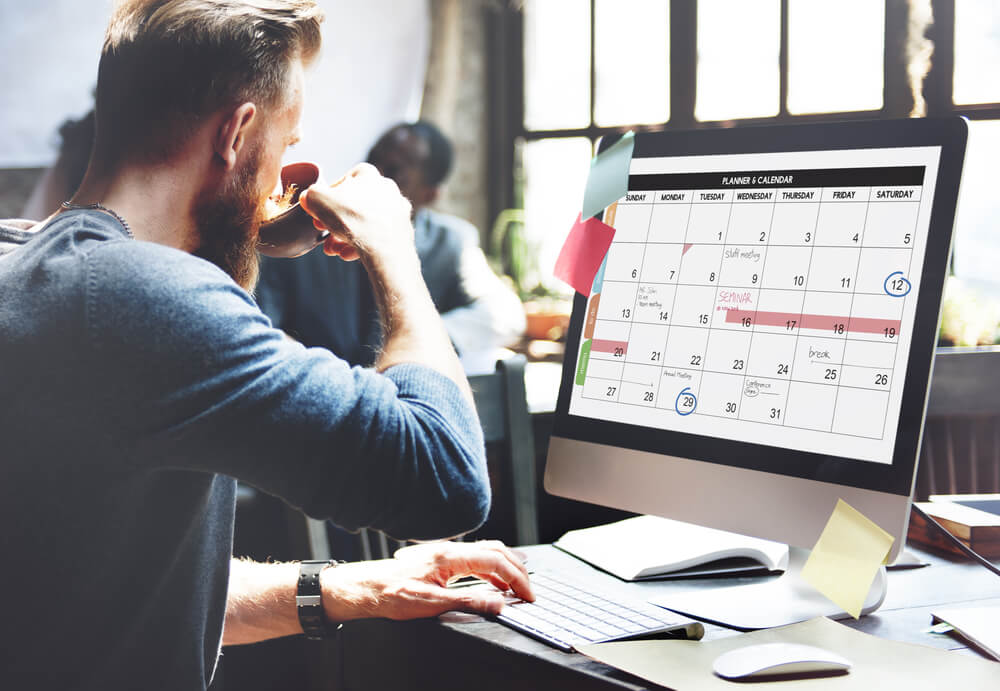BLOGS How to Make Your Attendees Feel Comfortable at Your Event

Source: Eventtia
How much thought do you put into making your attendees feel comfortable at your event?
Usually, when planning an event, we obsess over the logistics, trying to put together a flawless attendee journey. We might also spice the experience up with some extraordinary moments, such as an unexpected performance.
However, we might unintentionally disregard the feeling of comfort our event must provide.
Why is comfort so important for an uplifting attendee experience?
Although attending an event is certainly exciting, it can also be stressful.
First of all, there’s logistic stress (yes, attendees have it too):
- “Will I find the venue?”
- “Did I register correctly?”
- “Will I have to wait a long time to check in?”
- “Will I be able to print the badge?”
- “Will I have a good seat?”
These are just some of the thoughts your attendees might have.
Minor problems, you’d say, but those thoughts will definitely increase your guests’ stress level, making them a bit more edgy and tense.
Second, there’s the fear of the unknown, which usually kicks in when attendees are required to work in groups, participate in ice-breaking games, or interact with strangers.
These activities can spike up anxiety levels and diminish any positive vibes.
Finally, attending events require lots of mental energy.
Actively listening to speakers, trying to memorize the most important data, taking notes, networking, asking questions …
All these activities are super demanding on the brain and leave your attendees exhausted at the end of the day.
So what should you do?
How can you make your attendees feel more relaxed at your event and reduce their stress levels?
Here are some tips that will help you answer this question:
Tip 1. Serve familiar food

Whether it’s a national or international event, whenever it comes to catering, we all want to impress.
From unique finger food to extravagant molecular cuisine, there’s no shortage of ways in which you can surprise your attendees with tasty treats.
But weird or unfamiliar food is not always the right call.
Sometimes, your guests might not be in the mood to experiment and prefer to grab something quick and familiar.
Obviously, if you have the possibility, you shouldn’t restrict yourself from delighting people with exquisite catering.
However, to reduce the uncertainty level and make your attendees feel more comfortable, make sure there are always familiar options for them.
Tip 2. Prepare a lounge area

Navigating the event environment and venue itself can be extremely tiring. People need an area where they can escape to recharge.
To give them what they need and make them feel more at ease, arrange a place for them to relax, such as a lounge with warm lights and comfortable furniture.
Tip 3. Create a friendly event program

One thing that will definitely exhaust your attendees is an intense event schedule. The more activities you include, the more likely they are to end up exhausted.
Having to run from one session to another without any breaks will prevent your guests from feeling comfortable at your event, and they won’t enjoy the overall experience.
To keep this from happening, make it simple and engage your audience in fewer activities, focusing on each activity’s quality and value.
Tip 4. Avoid forcing attendee participation

One of the biggest stressors for attendee is being forced to interact or take part in different dynamics.
For example, the moderator or the speaker can ask the attendees to answer some questions or to take the microphone and comment on the discussed topic. These guests might be randomly picked by simply passing a throwable microphone or another soft object.
This might increase the stress level of those guests who don’t want to engage this way and make them feel embarrassed.
To keep this from happening, don’t force attendee participation and find different, non-intrusive ways engage your guests (such as live polls, for example).
Tip 5. Don’t mix people for group activities

This one might sound a bit controversial.
Usually, it’s recommended to mix up the attendees when running group activities.
This tends to increase the chances of them having a better interaction experience, since they’ll be communicating with new people and getting out of their comfort zone.
However, if you care about your attendees’ comfort (especially the ones who are attending with friends or colleagues or are in the company of new acquaintances), make the mingling for group activities optional.
Those who want to get to know new people get up and interact with others, while those who are shy will stay where they are.
To wrap it up
Apart from getting the logistics up and running, you also need to make your guests feel completely at ease at your event.
Keeping their stress levels at a minimum will make them be more open to event activities and have a memorable experience.


























